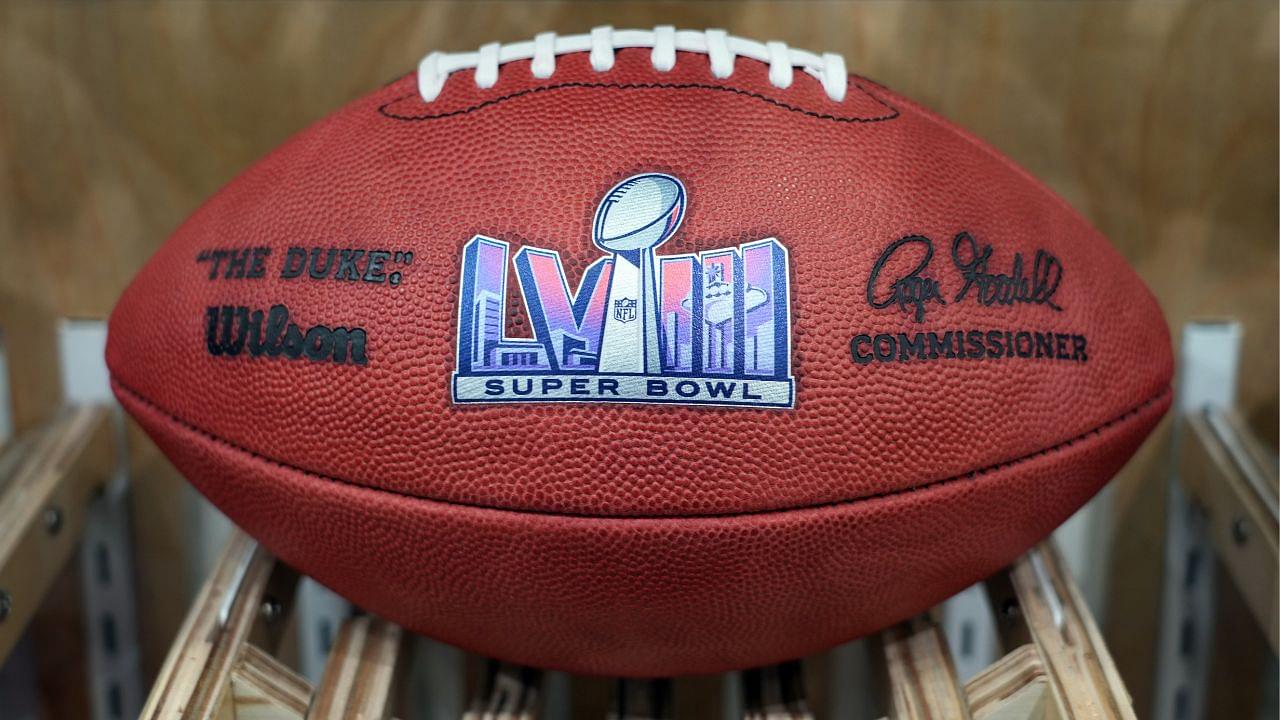There are a lot of moving parts on an NFL game day. Not only do the players and coaches have to be at the top of their games, but hundreds of support staff members and club officials must be locked in to make sure everything goes off without a hitch.
Advertisement
One of the most important aspects of every game is the footballs themselves. As “Deflategate” showed us, teams will do all they can to find an advantage over their opponent. Alteration of any equipment is frowned upon, so the league takes steps to ensure all balls are fit for gameday.
According to Rule 2, Section 1 of the NFL rulebook, every football must meet these specific conditions to be eligible for game use:
- Long Axis – 11 to 11.25 inches
- Long circumference – 28 to 28.5 inches
- Short circumference – 21 to 21.25 inches
- Weight – 14 to 15 ounces
Each ball must also be “Wilson” brand, and bear the signature of Commissioner Roger Goodell. Once the balls are approved, they remain under referee supervision until it’s time to deliver them to the ball attendant just before the start of the game.
How many balls must each team provide for a game?
Each team is required to provide 24 total balls – 12 primary balls and 12 backup balls – to the referee ahead of kickoff for testing. Per Rule 2, Section 2 of the NFL rulebook, these balls must be delivered “no later than two hours and 15 minutes prior to the starting time of the game.”
Oddly enough, none of the balls sent for testing are utilized on special teams. Each game, Wilson – the NFL’s football manufacturer – ships six specially-sealed balls to the officiating crew. The referees open them two hours and 45 minutes before the opening kickoff.
To make sure none of the six specially-sealed balls get mistaken for a team’s ball during the game, the manufacturer “specially marks” each of them. These balls are exclusively for special teams, so they must be easily identifiable.
If the home team runs out of balls that “conform to specifications”, referees are instructed to “secure a proper ball from the visitors.” Should there not be a visitors’ ball available, the “best available ball” will be used.
Referees must report any occurrences of either mishap to the commissioner.







